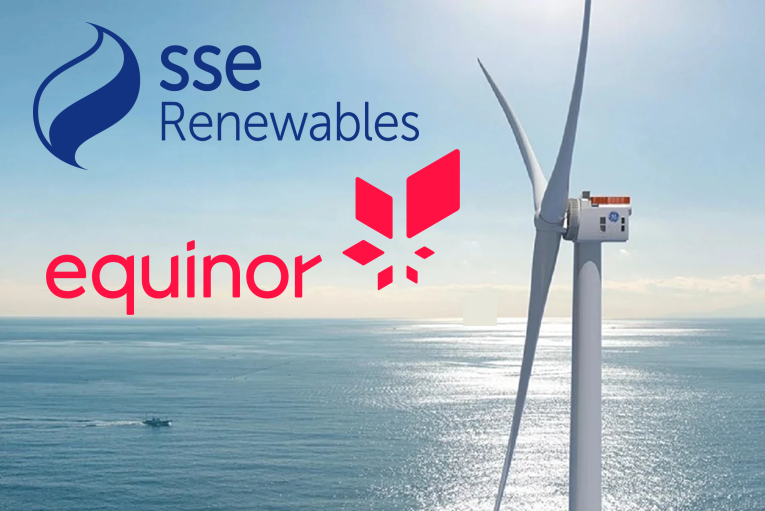Renewable energy is rapidly evolving, driven by technological advancements and the urgent need to transition to cleaner and more sustainable energy sources. Emerging technologies are playing a crucial role in shaping the future of renewable energy projects, making them more efficient, cost-effective, and scalable. This article explores some of the key emerging technologies in the field of renewable energy and their potential impact on the industry.
-jq07c.jpg)
1. Introduction
Renewable energy technologies have made significant progress in recent years, but ongoing research and development continue to drive innovation and improve efficiency. Emerging technologies are paving the way for a future where renewable energy plays a dominant role in meeting our energy needs while reducing our carbon footprint.
2. The Role of Emerging Technologies in Renewable Energy
Emerging technologies in renewable energy have the potential to address some of the challenges associated with clean energy production, such as intermittency, storage, and grid integration. They offer solutions that improve the reliability, scalability, and cost-effectiveness of renewable energy projects, accelerating their adoption and impact.
3. Solar Power Technologies
3.1. Photovoltaic Solar Cells
Photovoltaic (PV) solar cells have been the backbone of solar power generation. However, emerging technologies are revolutionizing PV technology by enhancing efficiency and reducing costs. Innovations such as multi-junction cells, tandem cells, and perovskite-silicon hybrid cells are enabling higher energy conversion efficiency and making solar power more affordable.
3.2. Concentrated Solar Power
Concentrated Solar Power (CSP) systems utilize mirrors or lenses to focus sunlight onto a receiver, generating heat that drives a turbine for electricity production. Emerging technologies in CSP, such as molten salt storage and advanced heat transfer fluids, improve the efficiency and storage capabilities of these systems, enabling continuous power generation even when the sun is not shining.
3.3. Perovskite Solar Cells
Perovskite solar cells are a rapidly emerging technology in the solar power sector. These cells offer high efficiency, low-cost manufacturing, and a wide range of applications. Ongoing research focuses on enhancing the stability and durability of perovskite materials to ensure their long-term performance and commercial viability.
4. Wind Power Technologies
4.1. Offshore Wind Turbines
Offshore wind power is gaining significant momentum due to its abundant resource potential and higher wind speeds compared to onshore locations. Emerging technologies in offshore wind include larger and more efficient turbines, floating wind farms, and advanced turbine designs that capture wind from multiple directions. These innovations increase energy generation, open up new offshore areas for development, and reduce visual and environmental impacts.
4.2. Floating Wind Farms
Floating wind farms are an innovative solution for harnessing wind energy in deeper waters where fixed foundations are not feasible. This technology involves anchoring wind turbines to floating structures, allowing for flexible deployment and access to wind resources in previously untapped locations. It opens up vast offshore areas for wind power generation and expands the potential for clean energy production.
4.3. Vertical Axis Wind Turbines
Vertical axis wind turbines (VAWTs) are gaining attention as an alternative to traditional horizontal axis wind turbines (HAWTs). VAWTs have unique advantages, including compact size, omnidirectional wind capturing, and reduced noise levels. Ongoing research focuses on optimizing VAWT designs, enhancing their efficiency, and exploring new applications in urban and distributed energy systems.
5. Energy Storage Technologies
5.1. Lithium-ion Batteries
Lithium-ion batteries have revolutionized energy storage in recent years, enabling the integration of renewable energy into the grid and providing reliable backup power. Ongoing advancements aim to improve the energy density, lifespan, and safety of lithium-ion batteries, making them more efficient and cost-effective for large-scale energy storage applications.
5.2. Flow Batteries
Flow batteries offer an alternative approach to energy storage, utilizing liquid electrolytes stored in external tanks. They provide scalability, long cycle life, and the ability to decouple power and energy capacity. Research efforts focus on improving the energy density, efficiency, and overall performance of flow batteries to make them a viable option for grid-scale storage.
5.3. Hydrogen Storage
Hydrogen storage technologies, such as hydrogen fuel cells and hydrogen electrolysis, are emerging as promising solutions for long-duration energy storage and transportation. These technologies enable the conversion of excess renewable energy into hydrogen, which can be stored and used to generate electricity or power fuel cell vehicles. Ongoing research aims to enhance the efficiency and cost-effectiveness of hydrogen storage systems.
6. Smart Grid and Grid Integration
Smart grid technologies play a critical role in integrating renewable energy into existing power grids effectively. These technologies enable real-time monitoring, demand response, and intelligent energy management, facilitating the seamless integration of renewable energy sources and optimizing grid reliability and stability.
7. Conclusion
Emerging technologies are transforming the renewable energy landscape, making clean and sustainable energy sources more accessible, efficient, and cost-effective. Solar power advancements, wind turbine innovations, energy storage breakthroughs, and smart grid integration are shaping the future of renewable energy projects. By embracing these technologies, we can accelerate the transition to a greener and more sustainable energy future.

.jpg)
